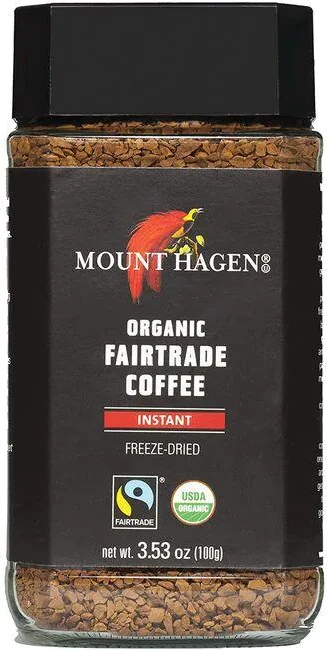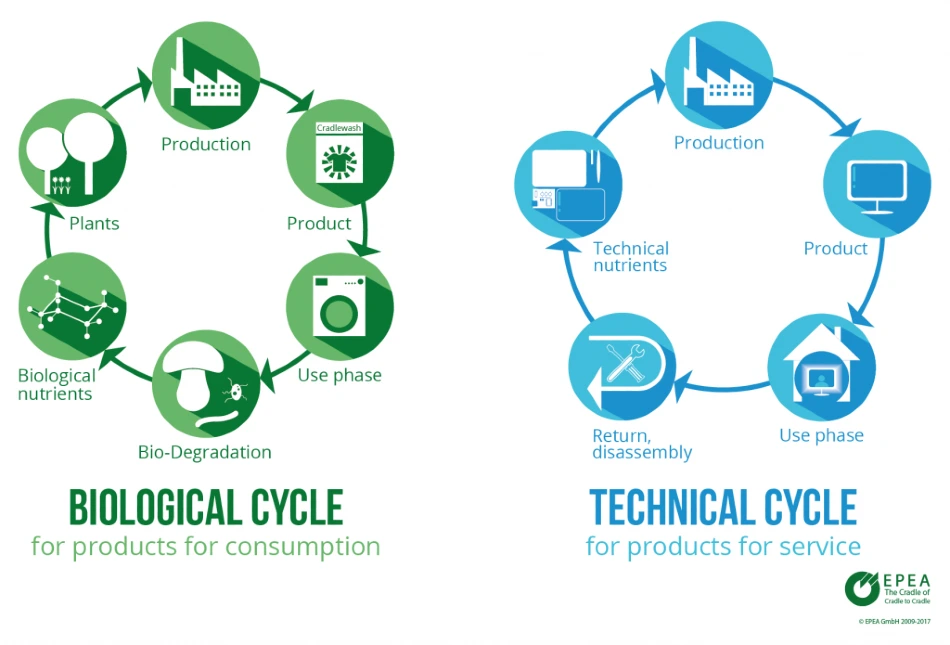In today’s world, eco-friendly and sustainable practices have become increasingly important to consumers, but believe it or not, they’re also very important to massive companies.
While those companies would gleefully tell you that they care for all the right reasons, in reality, caring about the environment is big business with a massive marketing opportunity!
To help consumers make informed choices, various eco certificates have emerged, claiming to validate a company’s commitment to environmental and social responsibility. But some of those certificates are more valuable than others, and some, aren’t even worth the paper they’re printed on (they’re digital).
The fact is that not all certificates are created equal.
In this article, we’ll delve into the world of eco certificates, discussing their meanings, limitations, and the need for greater transparency. So, let’s embark on this educational journey of exploring different types of green, eco-friendly, sustainable, and vegan certificates.
The Complexities of Eco Certificates
Certifications are not a straightforward indicator of sustainability. Unfortunately, some companies may misrepresent the meaning of certificates or create their own symbols that mimic respected ones. Moreover, the cost of acquiring certificates can be prohibitive for smaller, yet highly sustainable companies, which raises questions about inclusivity.
Additionally, the mere existence of certificates and the certification practice alone may not lead to significant sustainable change. It requires collective efforts from industries, politics, and consumers to achieve truly sustainable business practices.
Differentiating Certificates
Not all certificates are regulated equally, in fact, some are barely regulated at all. Some certificates are licensed through third-party regulation, ensuring transparency and adherence to strict standards.
On the other hand, in-house certificates are created and regulated by the company itself, lacking external oversight. Differentiating between these two types can be challenging, as they may appear similar.
Let’s delve into some well-known certificates to better understand their scope and limitations.
B Corp
The B Corp certification, offered by B Lab, focuses on businesses that aim to address poverty, climate change, and social issues. Certified companies must create advantages benefiting both profits and the communities within their supply chain.
While B Corp certification provides useful resources, some of its requirements can be vague, making it difficult for consumers to assess a company’s environmental and social impact.
One Percent for the Planet
One Percent for the Planet is a partnership program rather than a certificate. Founded by Patagonia’s founder, it encourages companies to voluntarily donate one percent of their annual revenue to sustainability charities.
Although this program complements other certifications, it alone does not provide comprehensive information about a company’s supply chain or sustainability practices.
Fair Trade
Fair Trade certification focuses on ensuring fair wages and better conditions for workers in various sectors, including clothing, chocolate, and coffee production.

While fair trade principles are commendable, research highlights instances of forced child labor and lower wages in fair trade farms. Additionally, some companies create their own fair trade certification, lacking the rigorous standards of external regulation.
Cradle to Cradle
Cradle to Cradle, also known as regenerative design, promotes circular manufacturing practices and materials that can be reused indefinitely. This certification encompasses material health, material reutilization, renewable energy, water stewardship, and social fairness. Although the certification fees are substantial, the comprehensive standards and external audits enhance credibility.
However, achieving a 100% closed-loop system is often impractical due to resource use and continuous economic growth.
When it comes to Cradle to Cradle certification, the different levels of certification (basic, bronze, silver, golden, platinum) indicate the extent to which a product meets rigorous sustainability criteria.

Each level signifies the product’s performance across various sustainability categories, such as material health, material reutilization, renewable energy, water stewardship, and social fairness.
The basic level certification serves as a starting point, acknowledging a product’s commitment to sustainability principles.
As a product progresses to higher levels of certification, such as bronze, silver, golden, and platinum, it demonstrates an increasingly comprehensive approach to sustainability.
Reaching higher certification levels requires meeting more stringent standards and undergoing thorough evaluations.
In short, to reach the golden and platinum levels, the company must open themselves up to additional scrutiny – they have to become transparent.
So, needless to say, companies that achieve golden, or platinum certification have showcased a remarkable commitment to sustainable practices that typically exceed all industry standards.
These companies have demonstrated excellence in areas such as using non-toxic materials, implementing renewable energy sources, optimizing water usage, promoting social equity, and prioritizing circular economy principles.
Golden and platinum certification isn’t cheap to attain, either, regardless of how committed to the cause a company is. It requires a substantial investment in thorough third-party audits, testing, and ongoing improvement processes.
If you’re looking for products with a large positive impact, focus on the golden or platinum certification. This way you’ll know the company has made a comprehensive commitment to sustainable practices, regenerative design and sustainable manufacturing.
Animal-Related Certificates
In addition to sustainability, animal-related certifications have gained prominence. However, it’s important to note that animal-related certifications do not inherently cover all aspects of sustainability.
PETA Approved
PETA Approved certification indicates that a company’s products do not involve animal products. While it helps consumers identify vegan products, it does not address broader sustainability concerns.
Leaping Bunny
Leaping Bunny, provided by Cruelty Free International, ensures that no animal testing occurs during product production or design. With third-party inspections throughout the supply chain, it offers greater credibility than PETA Approved. However, it doesn’t guarantee sustainable practices beyond animal testing.
Certified Humane
Certified Humane, administered by the Humane Farm Animal Care organization, sets standards for higher animal welfare in agriculture. Although it prohibits certain harmful practices, the overall standards are relatively low. Furthermore, it lacks a comprehensive focus on environmental consequences and reducing animal agriculture’s footprint.
MSC: Marine Stewardship Council
MSC certification focuses on sustainable fishing practices. However, concerns arise regarding its funding sources and potential prioritization of profit over environmental impact.
Also, the certification may include fisheries with conditions, which can be misleading for consumers seeking immediately sustainable options.
More To Discover
- How The Propane Industry Spent $30M On A Greenwashing Campaign To Rebrand Itself As Sustainable
- Only 3% Bamboo: ‘Sustainable’ Toilet Paper Companies Caught Lying
- EU Shakes Up Eco-Market: Bans ‘Greenwashing’ in Landmark Environmental Legislation
- The Great Oat Milk Scam: The Marketing Ploy That Fooled Us All
Eco certificates play a vital role in navigating the world of sustainable products. However, understanding their limitations and assessing a company’s overall sustainability efforts beyond certifications is essential.
While these certifications highlight specific aspects of environmental and social responsibility, it requires a comprehensive approach, involving industries, politics, and consumers, to achieve genuine sustainable change.
By empowering ourselves with knowledge and demanding greater transparency, we can contribute to a more sustainable future.



















